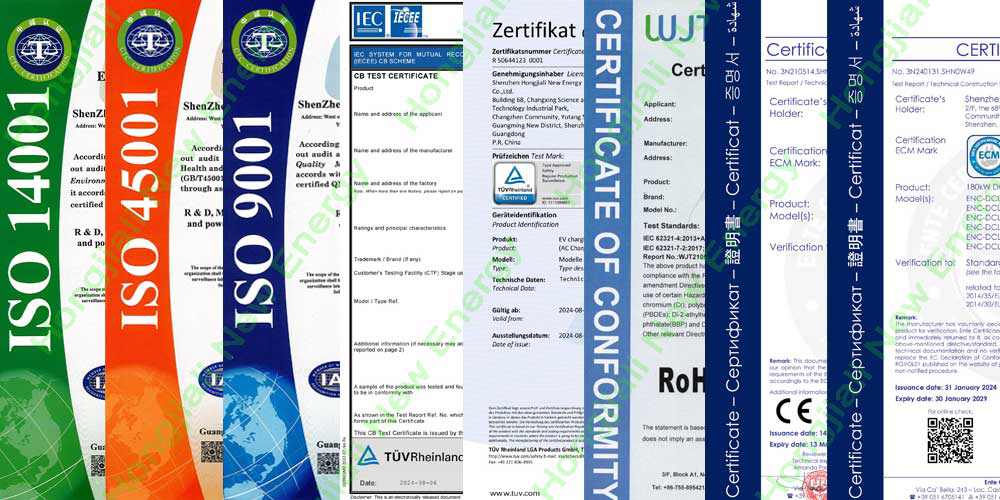-
 +86 18924678741
+86 18924678741 -
 sales@hjlcharger.com
sales@hjlcharger.com -
 Shenzhen City, Guangdong Province, China
Shenzhen City, Guangdong Province, China
The photovoltaic power storage and charging all-in-one machine is a comprehensive device that integrates photovoltaic power generation, energy storage system and charging functions. It is introduced in detail as follows:
I. Components of the photovoltaic power storage and charging all-in-one machine
Photovoltaic power generation system: including photovoltaic components (such as solar panels), brackets, inverters, etc., used to convert light energy into electrical energy.
Energy storage system: usually composed of energy storage batteries (such as lithium-ion batteries), used to store excess electricity generated by photovoltaic power generation systems and release it when needed.
Charging equipment: Provide charging services for electric vehicles or other devices.
II. Working principle of photovoltaic power storage and charging all-in-one machine
The photovoltaic storage and charging machine coordinates photovoltaic power generation, energy storage and charging processes through an intelligent management system. The specific working principle is as follows:
When the photovoltaic component receives solar energy, it converts it into electrical energy.
The electrical energy is converted into alternating current through an inverter for use by household appliances or charging the energy storage system.
The energy storage system stores electrical energy when there is sufficient electrical energy, and provides charging services for electric vehicles or other devices when there is insufficient electrical energy or when needed.
3. Basic parameters of photovoltaic power storage and charging all-in-one machine
Photovoltaic power storage
Rated power: 50-100kW
Nominal capacity: 100-200kWh
Battery voltage range: 500~900V
Cell type: 3.2V/173Ah, 3.2V/280Ah
Rated voltage: AC380/400V
Charging station parameters
Rated power: 40kW-120kW
Input voltage: AC380V±15%
Output current range: 0-250A
Photovoltaic parameters
Rated power: 50kW-100kW
Input voltage range: DC300V-1000V








